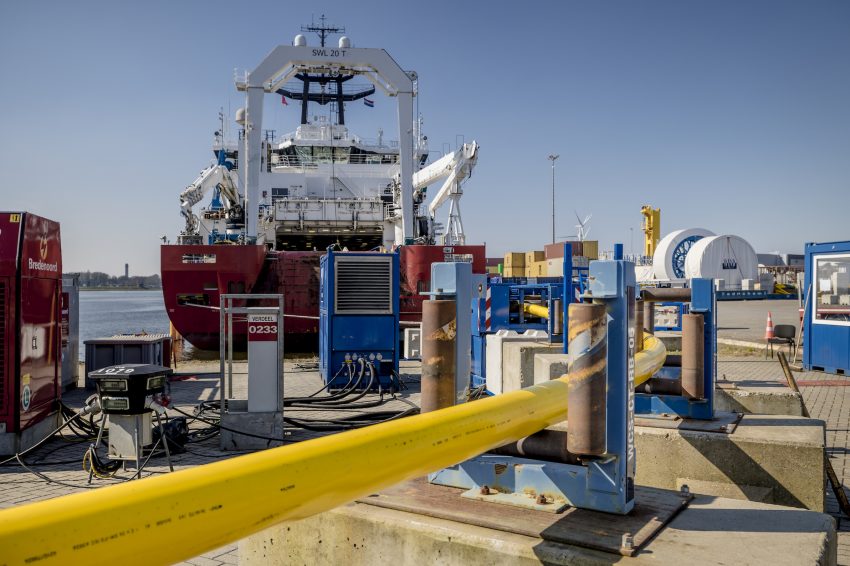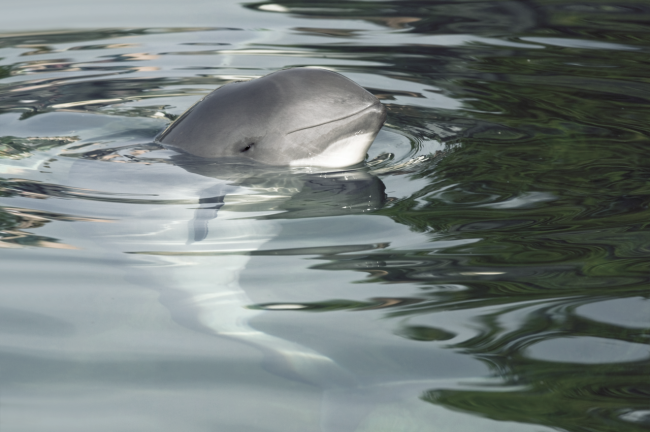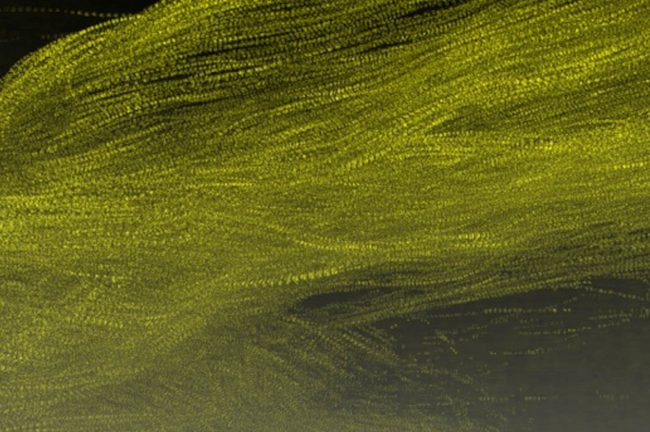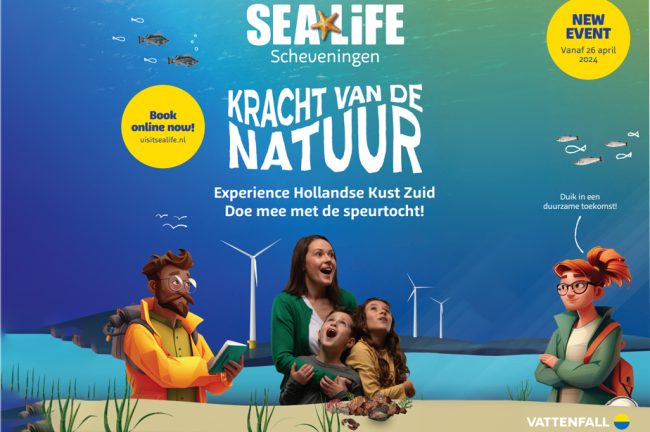Along with the foundation and turbine installation campaigns, there is also important work for the cable crew. The inter-array cables will transfer the power produced in the 11 MW turbines to the Tennet substations. Carlo Rebecca is Cable Manufacturing Manager at Vattenfall. He tells us more about the cable load out from the WIND B.V. dock in Velsen-Noord onto the Seaway Offshore Cables (SOC) installation vessel Seaway Aimery.
The inter-array cables connect the turbines to the Tennet substations. The manufacturing of the HKZ 1&2 inter-array cables has been contracted to TKF. The manufacturing of the cables for HKZ 3&4 will be done by Prysmian. Installation of all cables Is being executed by SOC and started in April.
TKF produced the cables at their factory in Lochem, the Netherlands. After that, the cables were stored at the WIND facility in Velsen-Noord. From here, they are transferred to the SOC installation vessel Seaway Aimery during the load-out. Carlo Rebecca: “This is a very important process. It is the final handover of the cables from the manufacturing phase to the installation phase. It is a complex activity, because it requires coordination between the load out site, the cable laying vessel and all the involved parties.”

Cranes, engines and rollerways
During the cable load out, the cables are taken from their storage tanks by a crane via a cable engine. After that they are transported via rollerways up to the quayside and into the water before they enter the back deck of the Seaway Aimery. Inside the Seaway Aimery there are two cable carousels that can hold 4250 tons of cable.
Carlo: “In March we had the first load out of the project. In our preparation there was a lot of focus on the cooperation between the different parties and on operational safety. With the heavy cables, the rollerways, the crane, the different pulling engines, and forklifts to move the rollerways, the logistics are complex. There are quite some risks involved in this activity, so it is key that we were all on the same page and that everyone knew what to do.”

Learnings
After the cables were loaded onto the vessel, they were tested to check that nothing was damaged. Carlo: “We succeeded in the objective of safely transferring the cable onto the vessel. We did have some learnings that we are taking with us to the next cable load out at the end of this month. Our learnings can only improve the very good cooperation during this first load out. Everybody was focused on achieving a successful and safe operation. The communication and trust between TKF, Seaway and Vattenfall was remarkable.”
After load out onto the Seaway Aimery, the cables are installed at the offshore site. The cables are pulled out of the vessel to enter the turbine monopile near the seabed. Here they are pulled through the monopile and finally stored on top of the foundation; the turbine is now ready to be installed. With the first cable load out 24 turbine foundations will be linked and in the next two load outs, 31 and 15 connections will be made available. In July HKZ 3-4 will be installed. The first power of wind farm Hollandse Kust Zuid is expected in May.





